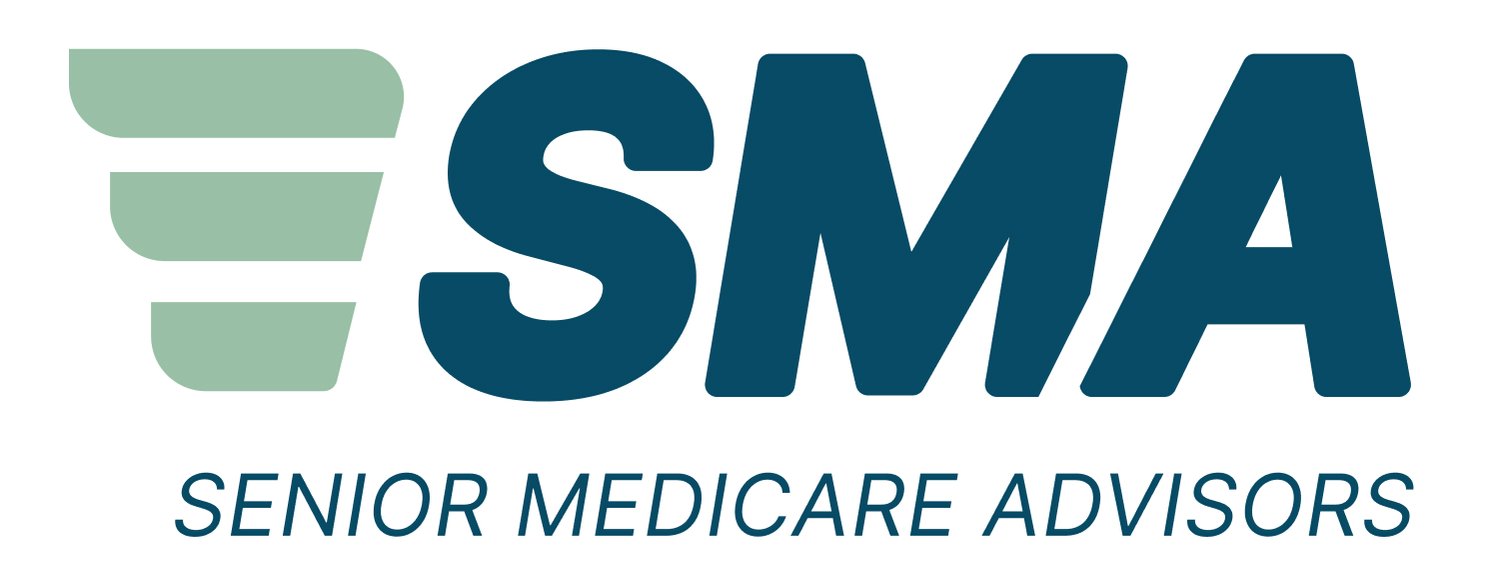
Medicare Prescription Plans
What is a Medicare Prescription Plan?
A Medicare Prescription Plan, also known as “Part D” helps cover the cost of prescription drugs. Part D is optional and only provided through private insurance companies approved by the federal government. You can get a Part D plan with Original Medicare Part A (Hospital) and Part B (Medical) to offset the costs of out-patient, self-administered medications you may need. Costs and coverage may vary from plan to plan- more on that next.
Each Medicare Part D plan uses a list of approved drugs to decide what’s covered and what isn’t. This list is called a drug formulary. The plan formulary is not standardized and may differ from plan to plan. Many plans arrange their list of covered drugs in different levels, called “tiers”. Generally, drugs in a lower tier will cost less than drugs in a higher tier. Here is one example of a typical Medicare drug plan’s tier system (but remember, your plan may be different):
Level or Tier 1: Preferred, low-cost generic drugs
Level or Tier 2: Nonpreferred and low-cost generic drugs
Level or Tier 3: Preferred brand-name and some higher-cost generic drugs
Level or Tier 4: Nonpreferred brand-name drugs and some nonpreferred, highest-cost generic drugs
Level or Tier 5: Highest-cost drugs including most specialty medications
Why Should I Consider a Medicare Part D?
Most people will need Medicare Part D prescription drug coverage. Even if you’re fortunate enough to be in good health at this moment, you may need significant prescription drugs in the future so it is risky to not have that coverage. And since Part D premiums are relatively low, there really is no reason not to. You could rely on charity care or alternate drug plans, but they come without the stability and consumer protections of federally-regulated Medicare Part D plans. Government programs also provide help with Part D payments for Medicare beneficiaries with limited means.
Another big reason why you should because if you don’t have prescription coverage (either through a Part D plan or a Medicare Advantage Plan, Medicare charges you a life-long 1% late-enrollment fee. That may sound small, but over years, it really adds up.
Frequently Asked Questions About Part D Plans
Does Medicare Part D cover insulin?
Starting in 2023, all Medicare beneficiaries with Part D will pay no more than $35 for a one-month supply of covered insulin products, regardless of the tier it’s in, even if you haven’t paid your deductible. BUT, keep in mind that a Part D plan might not cover all available insulin products.
Does Medicare Part D cover vaccines?
Generally, Medicare Part D will cover all commercially available vaccines needed to prevent illness, but it’s always helpful to check your plan documents if you’re thinking about getting a specific vaccine. Starting in 2023, Part D will cover vaccines recommended for adults by the Centers for Disease Control and Prevention (CDC) at no cost, including the shingles vaccine.
Original Medicare only covers certain vaccines, like flu shots, pneumonia, Hepatitis B and some vaccines based on possible exposure, like rabies or tetanus. If you have Original Medicare but not Medicare Part D coverage, you may end up paying full price for other vaccines you might need or want.
What if I want to be in another prescription drug plan?
Any Medigap policy is guaranteed renewable even if you have health problems. This means the insurance company cannot cancel your policy if you pay your premiums.
How do I know if a Part D plan covers my medication?
Each Part D plan has what is called a formulary which shows which medications they cover and which they don’t. When we are looking at the different plans for you, we will research each plan to make sure we are getting the best plan to cover your specific medications.
Have more Medicare questions?
We’re here to support you along the way so you can continue to live a better, healthier life. Learn all about your Medicare plan options.
